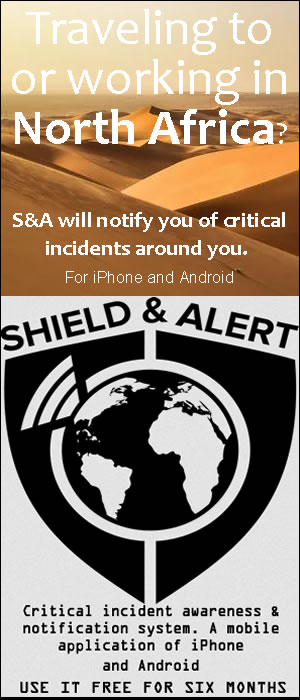Algeria’s southern provinces are experiencing an outbreak of malaria and diphtheria, with the authorities working to reassure that public that “the situation is stable.” The most affected region appears to be Timiaouine, in the Bordj Badji Mokhtar province. The Algerian Health Security Agency says the two diseases have already claimed the lives of 40 people. Local sources say the malaria outbreak is due to marshes formed after heavy rains hit the region in September. These marshes have stretched over 100 kilometers, crossing the commune of Timiaouine from east to west, particularly in areas known as Adjdem, Djoudane, Tadjraout, and Tsameg. These stagnant waters have encouraged the proliferation of mosquitoes and other insects that transmit the disease. In addition to malaria, cases of diphtheria have also been recorded.
Algerian media say the most affected populations are the nomads settled near the marshes, in El Djezal, Oued Tsameg, Oued Djoudane, Hassi Chourmal, Adledj, and Attoul. An urgent appeal has been made to the wali (provincial governor) to prioritize delivering vaccines and medicines to these areas. TSA online newspaper says “At the main town of the Timiaouine commune, the situation is catastrophic in every sense of the word, according to civil society representatives, noting that the local halls and religious centers (zaouïas) are overwhelmed with sick people.” It adds that local sources said the dead are being counted in the dozens.” TSA reports that civil society association noted that “The malnutrition of some nomadic families is impacting their immunity and ability to resist illness.”
Regarding the diphtheria outbreak, 115 cases have been recorded since August 28th, mainly in border areas like Tin Zaouatine, In Guezzam, and Timiaouine. Of the 28 deaths, 27 occurred in the Tin Zaouatine region. Furthermore, 421 cases of malaria have been recorded, also in border areas, including 200 cases in In Guezzam.
This week, the situation has reportedly improved, at least concerning diphtheria, as a decline in cases has been observed over the past three days, reports TSA. Mosquito control measures are being handled by the Ministry of Interior, according to the specialist, who added that there is no risk of contamination in airports.
The central government, for its part, dispatched a Civil Protection medical mission to the affected provinces, consisting of 60 doctors and nurses, equipped with medicines, vaccines, medical equipment, and 11 ambulances.




